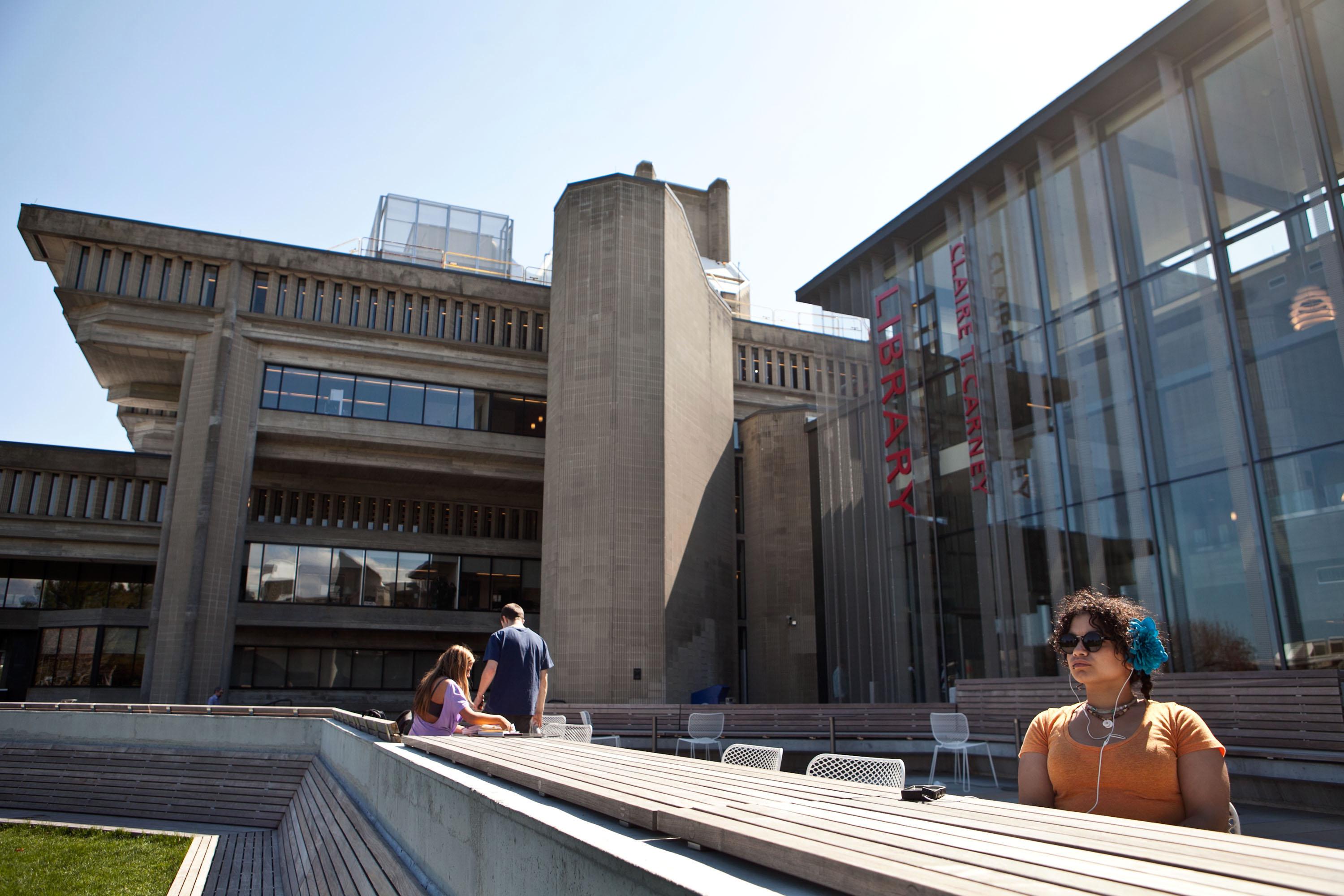Three of Dzhokhar Tsarnaev’s 19-year-old college friends were charged Wednesday with intentionally hindering the investigation into the Boston Marathon bombings. The three men allegedly removed a backpack containing fireworks emptied of gunpowder from Tsarnaev’s dorm room at the University of Massachusetts at Dartmouth three days after the attack, and before police first searched the room.
The feds made public the criminal complaint against the men this afternoon, giving us our most concrete information about the government’s case against them. It’s important to remember that the document provides only the prosecution’s side of things, and much of the evidence offered are only allegations at this point. Defense attorneys representing the three men spoke only briefly with the media this afternoon, but already they have disputed much of the key evidence offered by authorities, including those statements allegedly made by the three students admitting they suspected Tsarnaev was involved in the bombing once they got their first look at the FBI photos.
With that disclaimer, here’s a quick look at what we can glean from the legal document, which doesn’t exactly read smoothly.
Who’s charged with what?
Azamat Tazhayakov and Dias Kadyrbayev, who were in the United States on student visas from Kazakhstan, have been charged with conspiring to obstruct justice by concealing and destroying evidence. Both men have been in jail for more than a week on allegations they violated their visas by not regularly attending class. The third, Robel Phillipos, an American citizen, is charged with making false statements to federal investigators. The first two face up to 5 years in prison if convicted, while the third faces a maximum of 8 years behind bars, according to CNN.
Why isn’t Phillipos charged with obstructing justice?
Based on the affidavit, it appears as though he managed to avoid the obstructing justice charge because police say that—unlike the other two suspects—he says he was not involved in the actual act of throwing the backpack into the trash after the trio brought it back to an apartment shared by the Kazakh students.
According to police, Phillipos says he told Kadyrbayev to “do what you have to do” when he asked if he should get rid of the bag and other items. Phillipos also claims that much of the conversation about Tsarnaev and the bombings occurred in Russian, making it difficult for him to follow along. Of the three, the account police say Phillipos provided to investigators differs the most. Working against Phillipos, however, is the fact that he allegedly changed his story on multiple occasions.
Do any of the charges have anything to do with the bombing itself?
No. All the allegations involve actions taken after the bombings occurred. There’s been no indication that authorities believe any of the three were involved in planning the attacks that killed three and injured more than 260 others. A footnote in the court papers, however, does claim that Tsarnaev suggested to at least one of the suspects about a month before the marathon that he knew how to make a bomb.
How it all happened (again, according to the police account of the suspects’ interviews, particularly that of Kadyrbayev):
On Thursday, April 18, Philipos noticed that one of the photos released by the FBI of the bombing suspects that evening looked like his friend. He called Kadyrbayev, who passed on the news to Tazhayakov via a text that read “have you seen the news?” Kadyrbayev then texted Tsarnaev to let him know he looked like the suspect, at which point he responded with a series of texts that Kadyrbayev says he interpreted as jokes, including one that read simply “lol”.
The trio then went to Tsarnaev’s dorm room—exactly why remains unclear—where they discovered the backpack with the fireworks. At that point, according to the affidavit, Kadyrbayev “knew” that his friend “was involved in the Marathon bombing,” and decided to remove the backpack from the room in order to “help” Tsarnaev “avoid trouble.” He says he also took a laptop and other items to avoid drawing the suspicions of Tsarnaev’s roommates.
The three then allegedly took the evidence back to the apartment shared by Tazhayakov and Kadyrbayev, where, in the alleged words of Phillipos, “started to freak out” as they continued to watch the news coverage. According to police, Kadyrbayev says he was the one who threw the bag into a dumpster, but that the decision was made collectively and that the other two were fully aware of what he was doing. Phillipos, however, claims that he was napping while the final decision was made.
What was in the backpack?
Police recovered the backpack on April 26 from a New Bedford landfill where they believe it was dumped by the garbage collector. The bag was “partially enclosed in a black garbage bag.” Inside, agents found fireworks, a jar of Vaseline, and a UMASS-Dartmouth homework assignment sheet from one of Tsarnaev’s classes.
When did the suspects meet Tsarnaev?
According to the complaint, neither of Kazakh students knew Tsarnaev prior to starting college in the fall of 2011. Kadyrbayev says he first became friends with Tsarnaev in the spring of the following year and, in the words of police, later spent a “great deal of time socializing” and “repeatedly visited Tsarnaev’s home” where he met several of his family members. Tazhayakov became friends with Tsarnaev in the fall of 2011, their first semester on campus, and “grew closer” the following fall when Tsarnaev began spending a lot of time at his apartment. The affidavit doesn’t appear to shed much light on Phillipos’ relationship with Tsarnaev, other than to suggest they were friends.
***Follow @JoshVoorhees and the rest of the @slatest team on Twitter, and read more on Slate about the Boston Marathon bombing.***
